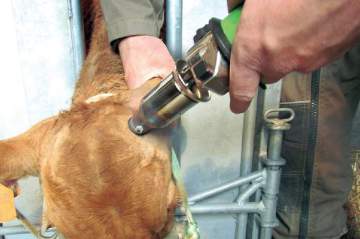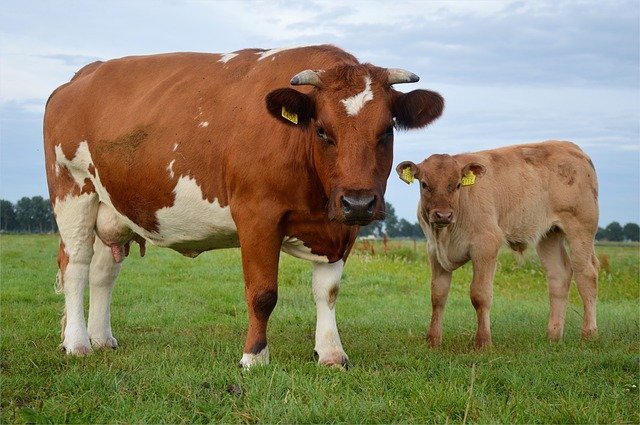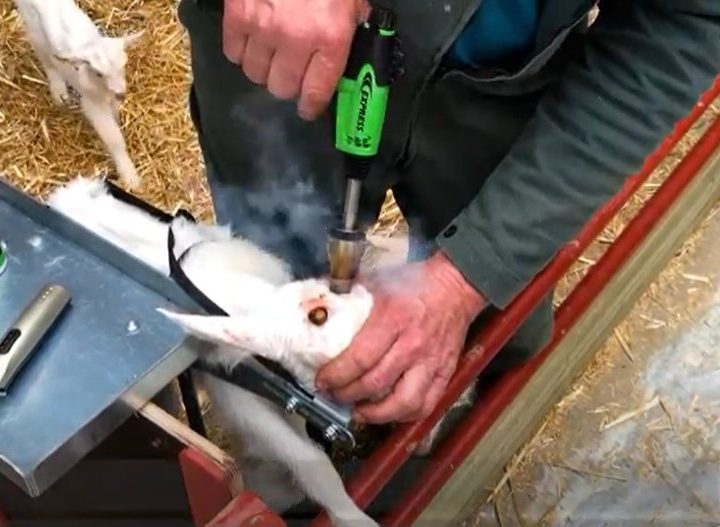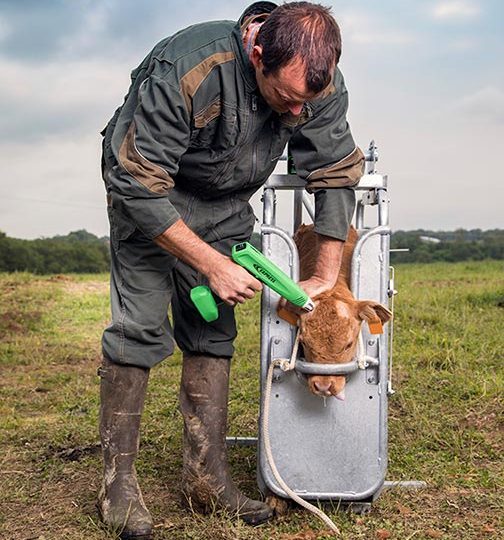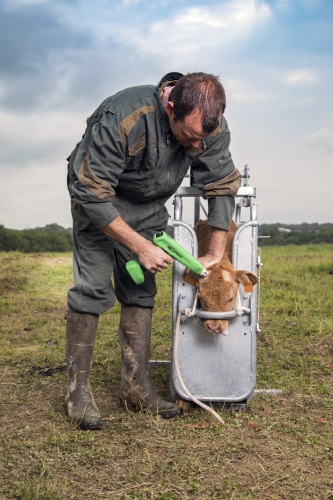
Dehorning cattle and goats is a potentially stressful operation for the animals and the best tools should be used to minimise the pain involved. Let us exclude chemical dehorning or worse, bucking, which are two techniques that do not take into account animal welfare. Only thermal dehorning respects animal welfare and it is advisable to practice it on very young animals. Here are the differences between electric and gas dehorning.
How thermal dehorning of cattle and goats works
Thermal dehorning of cattle and goats consists of cauterizing the blood vessels at the base of the horn. The tip of the dehorner digs a groove that surrounds the base of the nascent horn and annihilates its ability to develop.
The dehorner is equipped with a ceramic head and a heating wire that allows the edge of the horn to be cauterised in less than ten seconds. It can be equipped with a beeper that tells you when the cycle is complete. Whereas before it was necessary to proceed in several steps – due to the incomplete section of the heating film – you now find tools with a closed circular wire that prevents rotation. When making your choice, also compare the ergonomics of the handle, which provides comfort and better handling.
Thermal dehorning can be carried out as soon as the horn is palpable, i.e. from the first days of the animal’s life. The longer you wait, the more painful dehorning can be and it is then strongly advised to proceed under local anaesthesia.
Thermal dehorners are gas or electric powered, battery operated or plugged into the mains. In both cases, they can be used anywhere, in the field or in the barn.
Electric dehorning
Electric dehorning benefits from the evolution of the materials which allows the head of the dehorner to reach the heating temperature (up to 700°) in a few seconds and to cool down almost instantaneously.
To choose your dehorner, you must take into account your mode of use. If you are out on pasture to dehorn your cattle and goats, a rechargeable battery-powered tool is more appropriate. If you stay in the barn, you can use a dehorner that plugs into the mains. You will find devices with wires up to 6 or 10 metres long.
You must also consider the autonomy you need. With a mains operated dehorner, there are no limits and the device is lighter because it does not support the weight of the battery.
An autonomous dehorner is heavier because of its battery and you must check its autonomy. With some, the use can be limited to about 15 calves, while others, designed for large farms, can dehorn up to 40 calves.
Gas dehorning
You can choose between the autonomous dehorner using an individual cartridge or the dehorner that connects to a gas bottle. The gas can be butane or propane. If you are dehorning in the field, it is not difficult to transport your gas bottle. In the case of a dehorner (or an autonomous epilator) you can have a belt hook that allows you to attach your gas hose to its cartridge and give you freedom of movement.
The gas dehorner produces no flame. It is usually fitted with a Piezo ignition and can be used in any position. The Piezo can be changed very simply, without tools and in a matter of seconds.
The gas dehorner is not afraid of the wet environment. It can rise to 600 or 700° in less than two minutes. On some models, you only need 3 seconds per horn.


